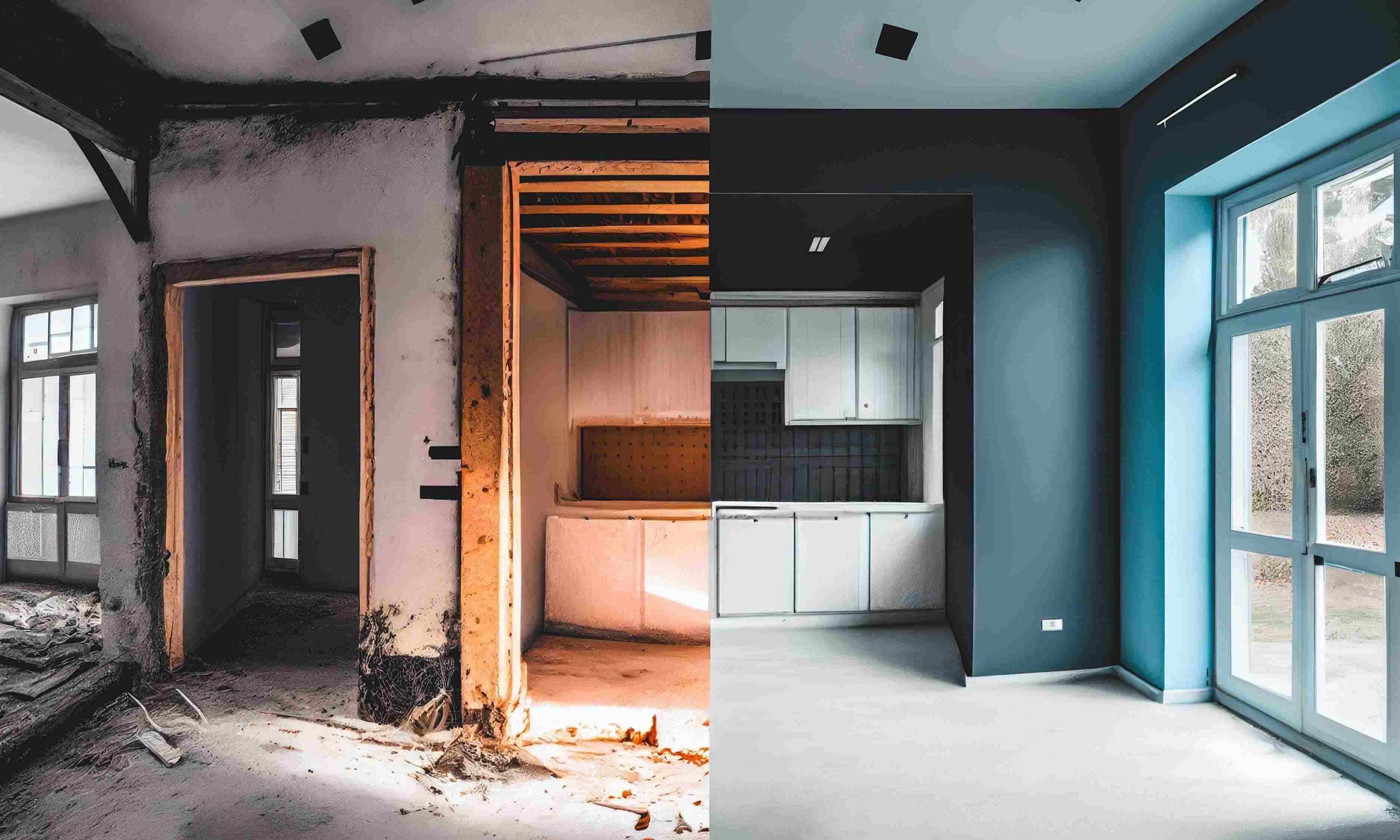Safety First: Effective Guidelines for Building Site Safety
Construction of homes is a risky occupation that requires an extensive standard of competence and expertise. Accidents involving falls and slips, exposure to toxic substances and fires are only a few risks that may happen during construction.
Planning safety strategies ahead of time and coaching relatives to keep away from hazards in the workplace can limit the risk of injury.
Construction Site Safety
Construction site safety is a important issue that needs considerable time and effort to implement. The focus on preventing accidents can help prevent injury to personnel and visitors while avoiding significant time-consuming delays when completing projects.
Training is essential to ensuring that workers adhere to safety procedures. All new employees must receive their initial training before they begin work, and even veteran construction workers need to attend regular safety seminars to ensure that they remain up to date with the most current security standards in the field.
Another important element for safety at a construction site is to keep the site clean. Messy sites are prone to falling and slipping that account for a significant portion of on-site accidents. Additionally, sites that are dusty could trigger respiratory problems among those with sensitive skin. Therefore, it’s essential to limit access to the areas on the construction site that is not being used and constantly clean all equipment. Additionally, employers must conduct frequent talks about tools in order to increase safety standards as well as provide employees with the necessary information to stay clear of pitfalls.
Building Site Safety Guidelines
Being aware of the proper safety regulations for construction workers is essential to any building site. It is not just about training new employees, but also testing the effectiveness of existing guidelines from time-to-time.
The Occupational Safety and Health Administration also known as OSHA, has strict requirements for certain construction-related hazards like the ladders, stairs and falls excavations as well as steel erection cranes, derricks, hoists, as well as welding. It’s important to review the requirements frequently so that any potential risks can be effectively addressed.
Furthermore, it’s essential to have a safe work procedure statement or SWMS for all high risk construction projects. The statement should be prominently displayed on any construction site to ensure that the safety procedures are readily available, such as a 24-hour emergency number, routes and directions to the building, entry and exit points, as well as any medical or emergency fire-fighting equipment. This will reduce duration of time people spend at a construction site and prevent any accident from occurring.
Safety Measures for Home Construction
Home construction isn’t a easy task and the process is fraught with dangers. From front-end tradesmen and workers who are hands-on to management as well as foremen, vendors and even the builders anyone working on the construction could be hurt.
Fortunately, there are many security measures that can be taken to minimize risks on the site of work. They range from signs to education for employees and homeowners visiting the site on what means to be at risk in a construction zone.
Also, it’s a good idea to consult with your insurance company early on in the project According to Pekel. It can help you figure out if construction-related injuries can be protected under your policy as well as if any additional steps will be needed to safeguard your home. Additionally, 1 out of 5 new homes in the country is protected with a 2-10 Home Purchasers Warranty, which helps to reduce risk due to the breaking of ground through post-closing. Find out more about what a structural guarantee can do to help you.
Safety Protocols for Construction Workers
The construction sites are full of dangersome equipment and products that may cause serious injuries if handled improperly. Workers can sustain injuries when they fall from a height, being hit by machinery, getting attacked by vehicles, objects, or getting involved in explosions, fires, or other incidents.
To avoid these incidents Employers must ensure that everyone has taken in-depth safety courses before they start work and that regularly scheduled breaks as well as lunches are in place. People who don’t take their breaks may become tired or ill and are unable to focus on their tasks, which increases the risk of an accident.
It is also important that companies encourage discussions regarding safety concerns so that employees xay nha are comfortable speaking up about any concerns or complaints. It will help leaders identify and address potential hazards more quickly and can help to prevent incidents from occurring. Recognition and incentives can be employed to encourage a culture of safety.


